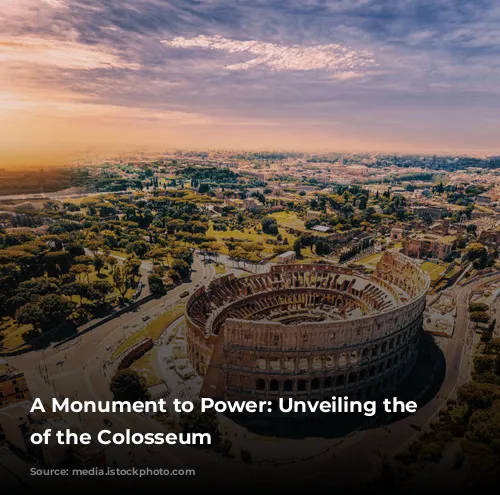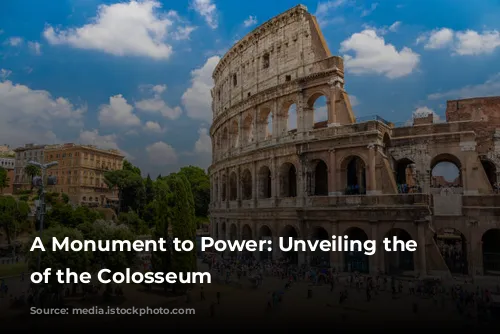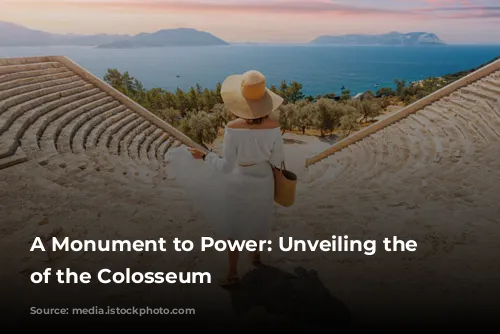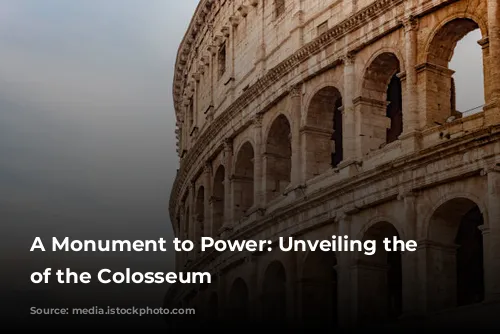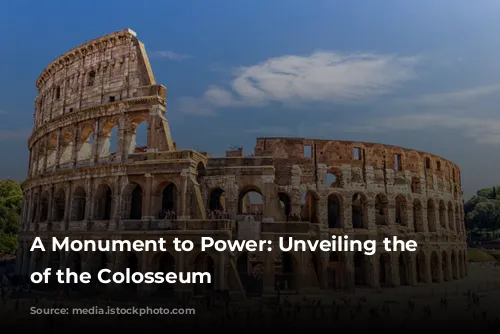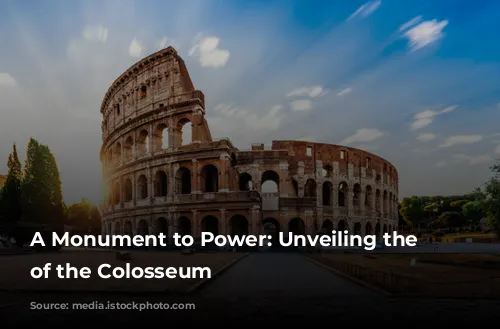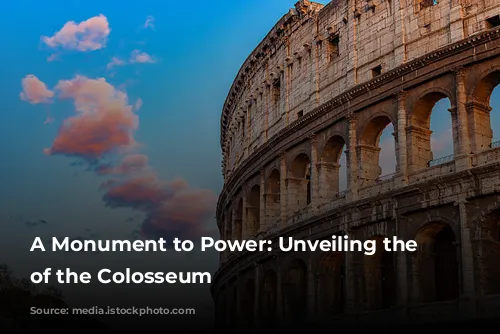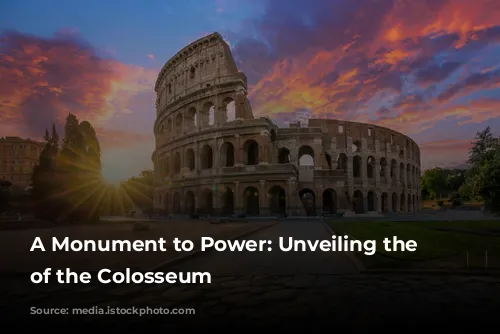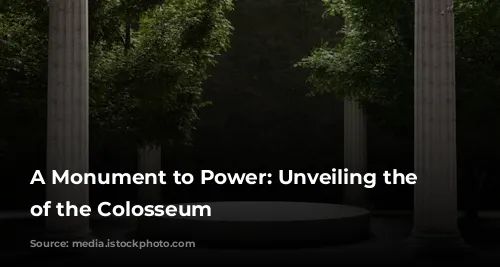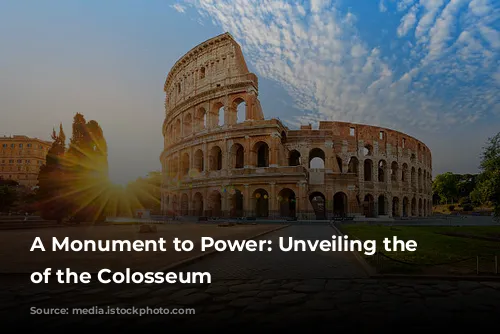The Colosseum, a towering symbol of ancient Rome, stands as a testament to the empire’s grandeur and engineering prowess. This colossal amphitheater, built from the spoils of Judea, was more than just a venue for entertainment. It was a showcase of Roman power, a place where the empire’s might was on full display.
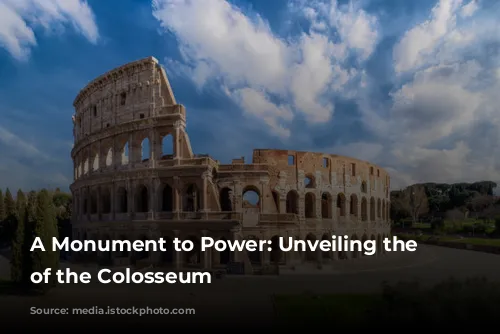
A Colossal Undertaking: Construction and Architecture
Before the Colosseum, amphitheaters were temporary structures, hastily built from wood. But the Colosseum was something different. It was the second and largest permanent amphitheater in Rome, a monument designed to endure the test of time. Its elliptical architecture was a marvel of engineering, ensuring that every seat offered a clear view of the spectacle unfolding in the arena. The exterior facade was a testament to Roman architectural skill, with four levels adorned by 80 arches each. These arches, while visually striking, served a practical purpose as well. They provided structural support, enabling the construction of such a massive structure. But beyond their practicality, the arches also served as a symbol of Roman triumph, echoing the victory over Judea that funded the Colosseum’s construction.

A Segregated Society: Seating Arrangements and Social Status
Within the Colosseum’s walls, the Romans meticulously organized their society. The four visible levels, each filled with spectator seating, mirrored the social hierarchy of the time. Elite viewers occupied the seats closest to the arena, while the lower classes were relegated to the higher tiers. The vaulting within the arena was crucial, not only for structural integrity but also for regulating the flow of spectators. From the moment they entered the arena, spectators were filtered based on their social status, guided through designated corridors and directed to their assigned seats. This segregation was so strict that even Senators and Equestrians were prevented from encountering each other. Plebeians were confined to their own sections, ensuring that the different social strata of Roman society remained separate.
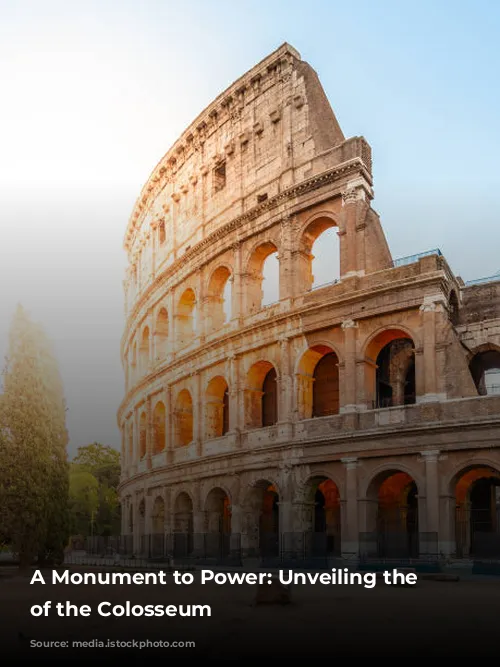
Engineering Marvels: Vela, Hypogeum, and the Arena
The Colosseum was more than just a grand stadium; it was a feat of engineering. The vela, massive canvas awnings that covered the audience, provided protection from the sun’s scorching rays. These enormous structures, requiring a thousand sailors from the Roman navy to operate, were a testament to the ingenuity of Roman architects.
Beneath the arena, a complex network of substructures, known as the hypogeum, added another layer of intrigue to the Colosseum’s design. This subterranean labyrinth was a network of chambers and tunnels, used for storage, staging dramatic entrances, and housing the mechanical wonders of the arena. It’s believed that the hypogeum, with its elaborate system of lifts and trapdoors, was later expanded by Emperor Domitian, adding even greater sophistication to the spectacle that unfolded above.
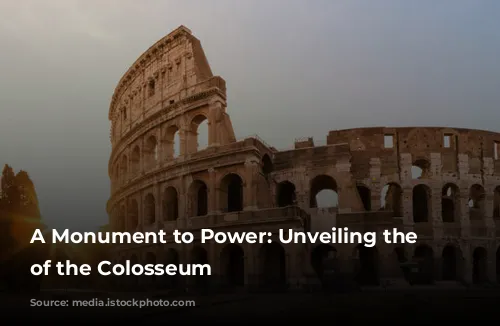
Conclusion: A Legacy of Power and Ingenuity
The Colosseum stands as a towering monument to the power and ingenuity of the Roman Empire. Its construction, architecture, and design reveal the Romans’ masterful understanding of engineering and their commitment to creating awe-inspiring spaces. But beyond its physical grandeur, the Colosseum also reflects the social dynamics of Roman society, with its intricate system of seating arrangements meticulously designed to maintain the hierarchy of the time. As we marvel at its grandeur and intricate substructures, we gain a glimpse into the complex world of ancient Rome, its triumphs, and its enduring legacy.

